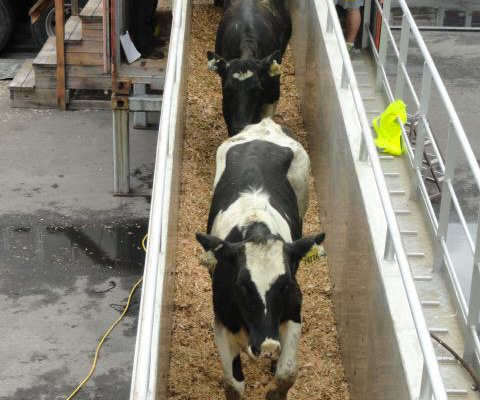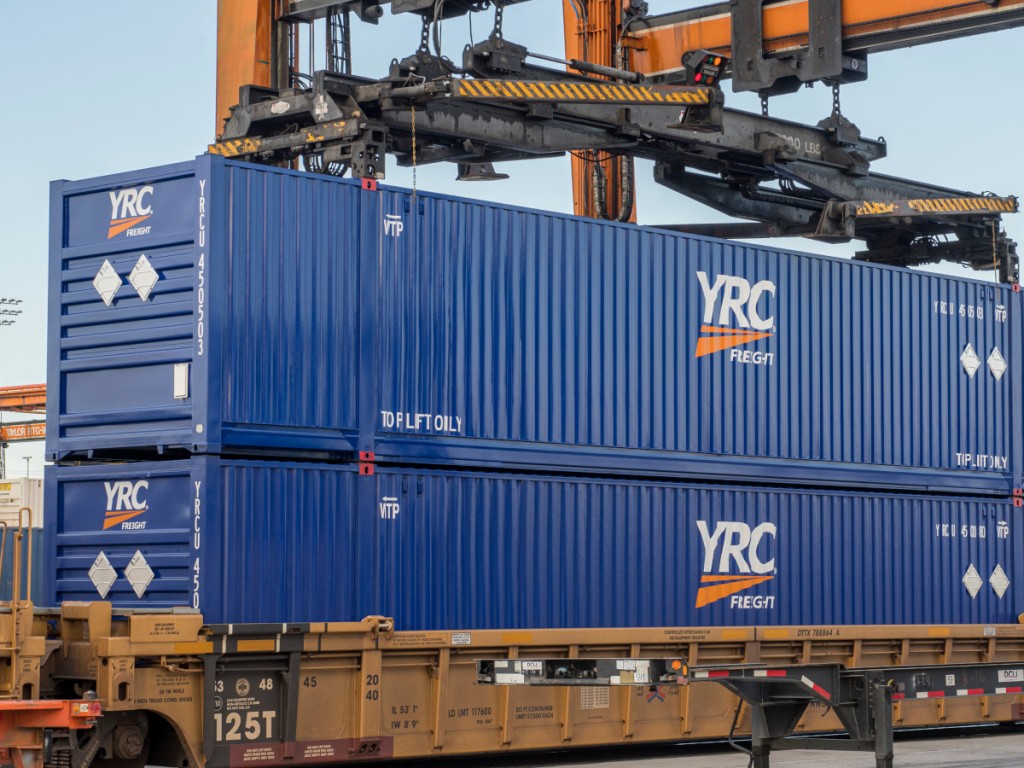Peter Friedmann, executive director of the Washington, D.C. Agriculture Transportation Coalition, says better and cheaper rail service will help U.S. West Coast ports and agricultural exporters reverse lost market share and increase competitiveness: “The two Class 1 railroads, Burlington Northern and Santa Fe (BNSF) and The Union Pacific (UP), are facing growing challenges due to competition from Canada, and the shift of some import cargoes away from the U.S. West Coast and to East and Gulf Coast ports.”
“Our members tell us that imports going through the Canadian Port of Prince Rupert and delivered by the Canadian National Railway (CN) to Chicago are arriving at a lower rate and faster timeline than is available from the UP and the BNSF. As a result, the shift in production to Southeast Asia and away from China causes more import containers to be delivered to Gulf and East Coast ports. The BNSF and the UP are our partners but they need to recognize that the shift in U.S. imports through Canada, Gulf and East Coast ports adversely impacts them and us…Hopefully, we will see lower freight rates.”

U.S. West Coast Ports Recognize Competitive Challenge
“I was very heartened to read that Gene Seroka (Port of Los Angeles) and Mario Cordero (Port of Long Beach) are both concerned and focused on regaining market share from Canada, U.S. Gulf and East Coast ports because the U.S. West Coast ports are the fastest and most direct route for many of our agricultural exporters shipping to Asia,” Peter Friedmann said.
However, he did concede that the shift in manufacturing to Southeast Asia from China means that some imports will more efficiently sail to U.S. East Coast and Gulf Coast ports and be lost as market for the West Coast ports.
Time is key for U.S. Beef, Pork and Poultry Exporters
The West Coast ports offer faster sailing times to China, Japan and Korea that benefit “time sensitive cargo such as beef, pork and poultry…In China, chicken feet are very popular and so we are seeing a lot of chicken feet…These protein products are major markets for us in China and must transit the most direct route in order for us to maximize profitability. Those exports are best shipped through the U.S. West Coast ports including the Ports of Los Angeles, Long Beach, Oakland, Seattle and Tacoma. If these exports were diverted to East or Gulf Coast Ports, the transit times for chilled products would increase, forcing the products to be shipped as frozen instead of chilled, which lowers the market value in Asian markets. As an example, a container of chilled beef or pork might ship at $190,000 in value but when it goes frozen that value goes down to $50,000.”

Friedmann noted that in spite of the tariffs and trade differences with China, “there is a growing demand for U.S. pork and poultry to make up for protein shortages, due to the decimation of the Chinese pork market as a result of the African Swine Flu epidemic.”
BNSF and Union Pacific Increase Transload Facilities
“Both of the railroads are establishing transload facilities to reduce truck transport and allow exporters to access rail lines at new locations. For example, the BNSF has established a new transload facility for beef and pork exporters to get better direct access to California ports. Both the BNSF and the UP have established a transload facility at the Port of Portland to provide rail access to the Ports of Seattle and Tacoma. The Portland facility is a short distance rail line which the railroads developed to speed exports.”

“There are three other possible transload sites that we believe that the railroads should consider and they are located at:
- Eastern Oregon
- Eastern Washington
- North Dakota
These locations would help reduce trucking costs for exporters and increase rail shipments for the railroads and provide direct links with the West Coast ports.”
Challenges for Hay and Wood Product Exporters
Aside from beef, poultry, and pork, “our exporters of hay would benefit from improved rail service. Hay is a low margin product that is shipped in bulk from states such as California and Oregon and trucking costs to Gulf or East Coast ports are way too expensive.”
Friedmann said the same holds true for wood products “that are very costly to deliver by truck as opposed to lower-cost rail. These products include paper, pulp, high quality recycled paper products, logs, and lumber.”

In the case of hay, “we have competition from New Zealand and Australia and for wood products we have competition from Siberia and Scandinavia. Improving competitiveness means reducing delivery times, reducing truck distances. These export containers are often heavy and best transported by rail.”
Demurrage and Detention
Friedmann noted that the Federal Maritime Commission (FMC) has developed language to more clearly define when ocean carriers can charge for detention and demurrage: “The Federal Maritime Commission has already issued policy guidelines on this issue. Now, AgTC is proposing draft language for our exporters to propose to ocean carriers so as to lower the cost of demurrage and detention on containers that are penalized for no good reason. This will save exporters money. What we are looking to do is to start the clock only after the container is available for pickup and delivery and not when the container is still on the ship or when the container is unavailable when the terminal is shut.

